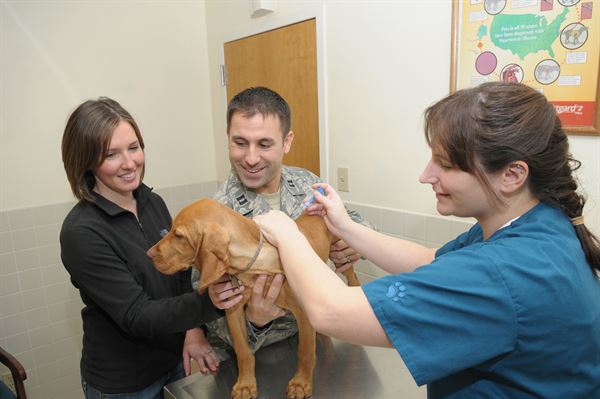When a pet does not seem to be eating it is a cause of concern. Our pet may have some kind of disease that has been bothering it to eat. To prevent the disease from getting any worse it is best if we could let a veterinarian go check out the pet and let him diagnose it. Here are some of the ways in which a veterinarian diagnoses your pet why he ore she is losing appetite.
• Physical examination – this includes the examination of the gums called bucal exam, listening with the stethoscope, taking weight and temperature and felling the size and shape of the belly.
• Internal disorders – These are discovered through blood test and urine sampling. Diseases of the liver, blood, urinary tract, and pancreas re detected by these tests. After discovering what kind of disease is affecting your pet further and more appropriate tests will be conducted. An example is when signs of liver disease is found on the blood test, the pet will also undergo more blood tests for the bile and have an ultrasound as well to see what kind of liver disease your pet has. To better determine the liver disease your pet has, he or she is sedated and a liver biopsy is done.
• X-rays – X-rays of the chest and abdomen are great ways to see the bones and outlines of the internal organs. By using x-rays we can see if a certain organ has been enlarged and also helps to see the disease causing the appetite loss. However it has some disadvantages, some stuff like tumors or foreign objects will blend in with the gray shade in the x-ray that will make it harder to determine. X-rays are great initial tests but it is better to see more precisely via ultra sounds, or even surgery to explore the main problem.
• Examination of your pet’s stool – This should be done for the past 12 hours to check out if he or she has got parasites. Don’t bring it using only your hands instead bring it using ziplock.
• Ultrasound – This is also useful sit helps the pet‘s internal organs be seen compared to the outlines only seen in x-rays. There are some special veterinary clinics that have ultrasound for pets.
• Endoscope – is a machine that is long, flexible, and a camera at its tip to reach in at the pet’s stomach, throat or intestine. While the animal is under anesthesia the endoscope is put slowly in his mouth and moves gradually to the different areas to check here the disease could be.

After your pet has been diagnosed with any of the procedures above, it is best to consult with the doctor immediately. To see what would be the best thing to do to prevent the disease form getting worse.




